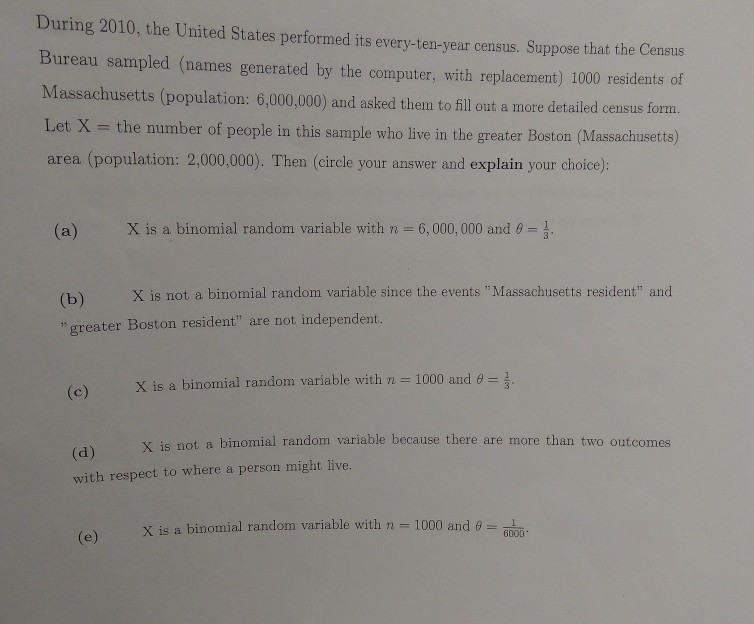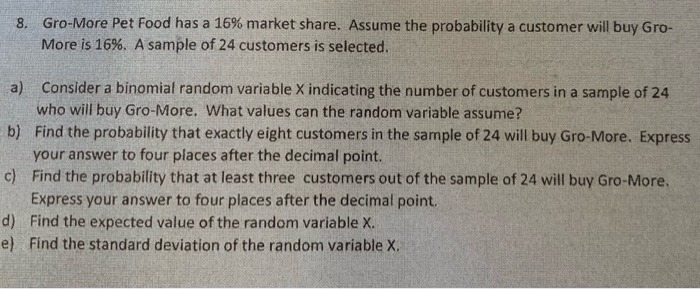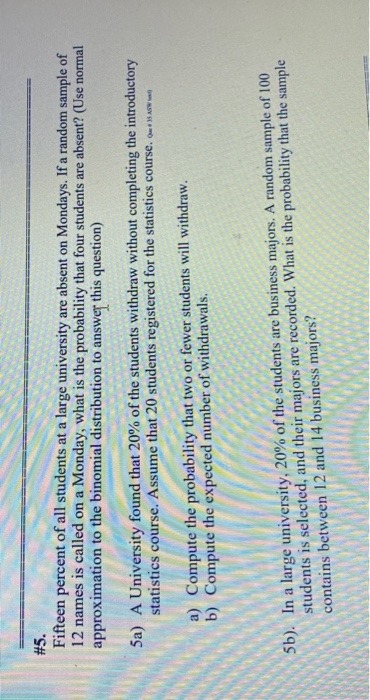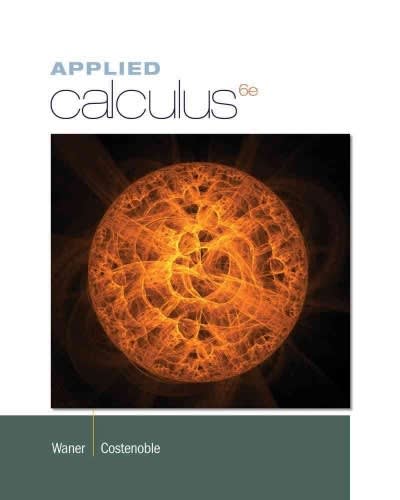Question
In the event that Xi, I = 1, 2, 3 are autonomous remarkable arbitrary factors with rates Ai = 1, 2, 3, find (a) P{Xi
In the event that Xi, I = 1, 2, 3 are autonomous remarkable arbitrary factors with rates Ai = 1, 2, 3, find (a) P{Xi
(b) P{X1
(C) EIMaXXilKi
(d) ElmaxXil
Q14
A bunch of n urban areas is to be associated through correspondence joins. The expense to build a connection between urban communities I and j is Cap I r j. Enough connections ought to be built so that for each pair of urban areas there is a way of connections that interfaces them. Therefore, just n ? 1 connections need be developed. An insignificant expense calculation for tackling this issue (known as the negligible crossing tree issue) first develops the least expensive of all the (1 ) joins. At that point, at each extra stage it picks the least expensive connection that associates a city with no connections 3, , n to one with joins. That is, assuming the principal connect is between urban areas 1 and 2, the subsequent connection will either be somewhere in the range of 1 and one of the connections or somewhere in the range of 2 and one of the connections 3, .. , n. Assume that the entirety of the (11) costs are free remarkable irregular factors with mean 1. Track down the normal expense Cu of the former calculation
in the event that
(a) n = 3,
(b) n = 4
Q15
Leave X1 and X2 alone free outstanding irregular factors, each having rate p. Let X(i) = minimum(Xi, X1) and X(2) = IMU M( X , X>) Find
(a) EIX(1)1. (b) Var[Xi), (c) EIX1)], (d) Var[Xz],
Q16
Consider a two-worker framework where a client is served first by worker 1, at that point by worker 2,
and afterward withdraws. The assistance times at worker j are outstanding arbitrary factors vvith rates I =
1, 2. At the point when you show up, you discover worker 1 free and two clients at worker 2?customerA in
administration and client a holding up in line.
(a) Find PA, the likelihood that An is as yet in setuice vvhen you move over to worker 2.
(b) Find PS, the likelihood that B is as yet in the framework when you move over to worker 2.
(c) Find EITI, where Tis the time that you spend in the framework.
Clue: Write
where is your setuice time at worker I, WA is the measure of time you stand by in line while An is
being sawed, and WE is the measure of time you stand by in line vvhile B is being served.




Step by Step Solution
There are 3 Steps involved in it
Step: 1

Get Instant Access to Expert-Tailored Solutions
See step-by-step solutions with expert insights and AI powered tools for academic success
Step: 2

Step: 3

Ace Your Homework with AI
Get the answers you need in no time with our AI-driven, step-by-step assistance
Get Started


